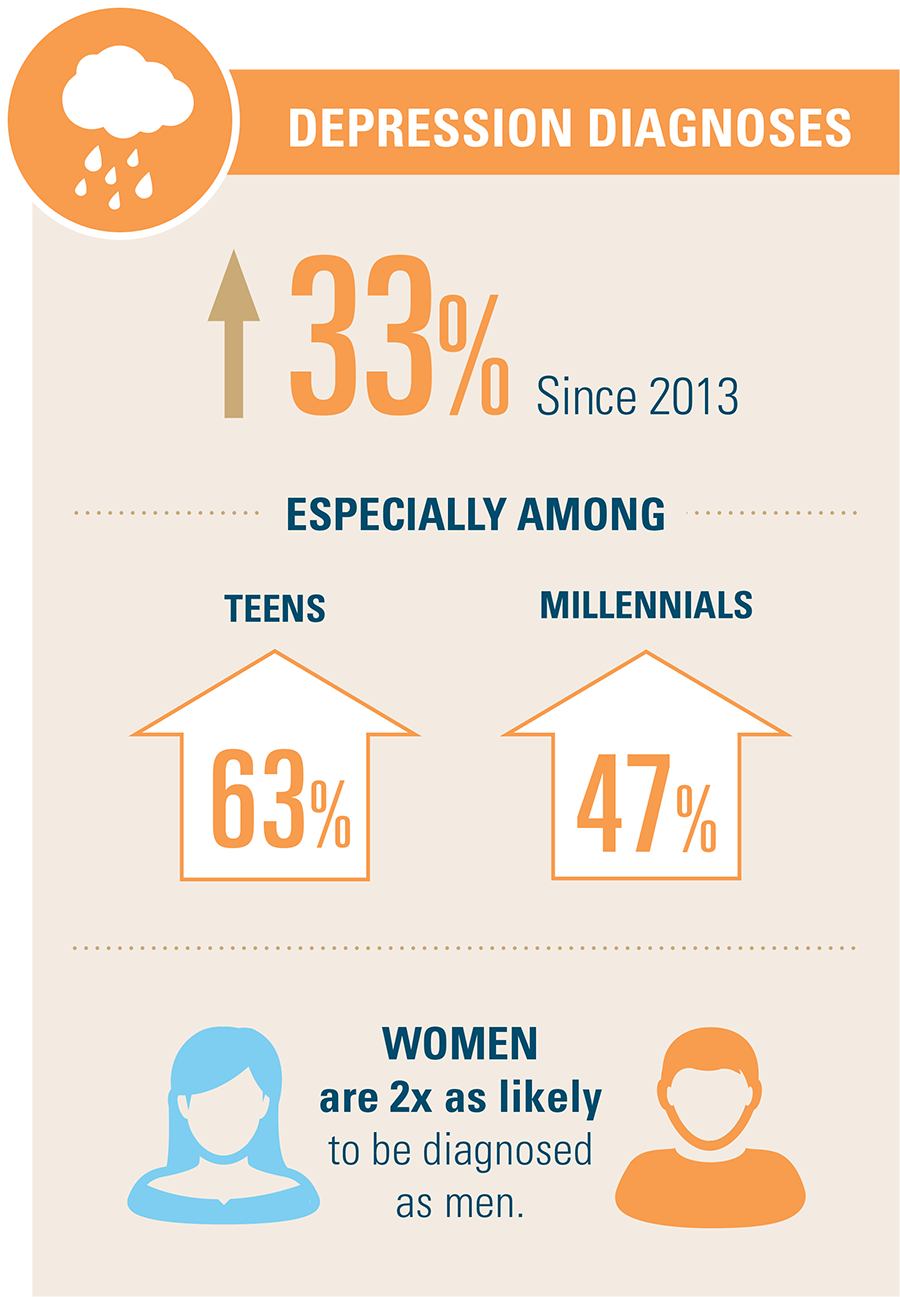Post-Meal Abdominal Hernia Discomfort Signs And Symptoms: Comprehending The Reasons And Management Strategies

Web Content By-Horton Ogle
If you've experienced abdominal hernia discomfort after consuming, you're not alone. This pain frequently occurs from the stress on a damaged area of your stomach wall during digestion. You might discover sharp or aching pain, bloating, or even a noticeable lump. However what can you do to manage these signs? Recognizing the connection between hernias and post-meal pain is the very first step towards discovering alleviation. Let's explore this additionally.
Understanding the Web Link Between Hernias and Post-Meal Pain
When you consume, your body experiences a complex procedure of food digestion that can often cause pain if you have a hernia. This occurs because a hernia takes place when an organ or tissue bulges via a weak spot in the stomach wall surface.
As food actions via your digestive tract, it might tax this damaged location. You might really feel pain or discomfort, specifically after eating bigger dishes or specific foods that trigger bloating.
Furthermore, the motion of your intestines during food digestion can worsen the hernia, resulting in extra intense feelings. Comprehending this connection is essential, as it helps you recognize potential triggers and make dietary adjustments to handle discomfort successfully.
Monitoring what you consume can provide valuable insights.
Common Signs And Symptoms of hernia Discomfort After Eating
If you have a hernia, you may observe details symptoms after eating that signal discomfort. Frequently, you may experience sharp or hurting pain in your abdominal area, especially around the hernia site. This pain can magnify after dishes, specifically if you have actually eaten a huge part or hefty foods.
Bloating and gas are additionally constant problems, making you feel annoyingly complete. https://arrowheadaddict.com/2021/08/24/kc-chiefs-austin-blythe-sidelined-sports-hernia-surgery/ could also observe a noticeable lump in your abdominal areas that becomes extra noticable post-eating.
Nausea or vomiting and occasional throwing up can happen, specifically if the hernia is triggering a blockage. If you find yourself experiencing these symptoms continually after dishes, it's essential to seek advice from a health care specialist for appropriate analysis and suggestions.
Techniques for Managing hernia Discomfort After Meals
To handle hernia discomfort after dishes properly, think about making some nutritional and way of life changes.
Beginning by consuming smaller sized, more regular dishes as opposed to large parts, which can decrease stress on your abdominal area. Focus on low-fat, high-fiber foods to relieve digestion. Stay clear of spicy, acidic, or fried foods that might set off pain.
Furthermore, maintain a healthy weight to decrease stress on your stomach wall.
After eating, attempt to stay upright for at the very least two hours to assist food digestion; this can help prevent discomfort. Mild tasks like strolling can additionally promote digestion, but avoid extreme exercise right away after meals.
Staying hydrated is important-- drink plenty of water throughout the day to sustain gastrointestinal health and wellness and overall wellness.
Verdict
In conclusion, if you're experiencing abdominal hernia discomfort after eating, it's critical to identify the connection between your diet plan and your signs and symptoms. By adopting simply click the up coming document , much more regular dishes and preventing trigger foods, you can considerably reduce discomfort. Remaining upright and interesting in light activity post-meal can likewise help. Do not hesitate to speak with a health care expert if your signs and symptoms linger. Taking these steps can boost your comfort and improve your total well-being.

